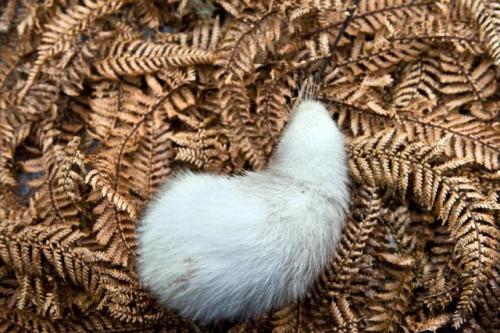tangledwing: A white kiwi. Hundreds of spectators awaited a glimpse of the rare white kiwi at New Ze
tangledwing: A white kiwi. Hundreds of spectators awaited a glimpse of the rare white kiwi at New Zealand’s Pukaha sanctuary. The bird is held sacred by the country’s indigenous Maori people.Photograph: Mike Heydon/AFP/Getty Images KIWIApteryx mantelli©Mike Heydon/AFP/Getty ImagesSince kiwi are noctural their normal brown plumage enables them to blend with the undergrowth in the forest, preventing predators from detecting them by sight. I’m certain that the Pukaha Sanctuary is aware of that and offering the little guy some extra protection. Structural adaptations that kiwi have include whiskers at the base of their beak to aid in nocturnal navigation. The kiwi is the only bird in the world to have nostrils at the end of its beak. This enables it to search for food by probing its long beak into the earth in search of invertebrates.The kiwi’s egg is one of the largest in proportion to body size (up to 20% of the female’s weight) of any species of bird in the world. In other words, the kiwi is about the size of a domestic chicken, but lays eggs that are about six times the size of a chicken’s egg. -- source link
Tumblr Blog : tangledwing.tumblr.com
#apteryx mantelli#©mike heydon#new zealand#noctural#pukaha sanctuary#big egg#sacred#apterygiformes#animal

